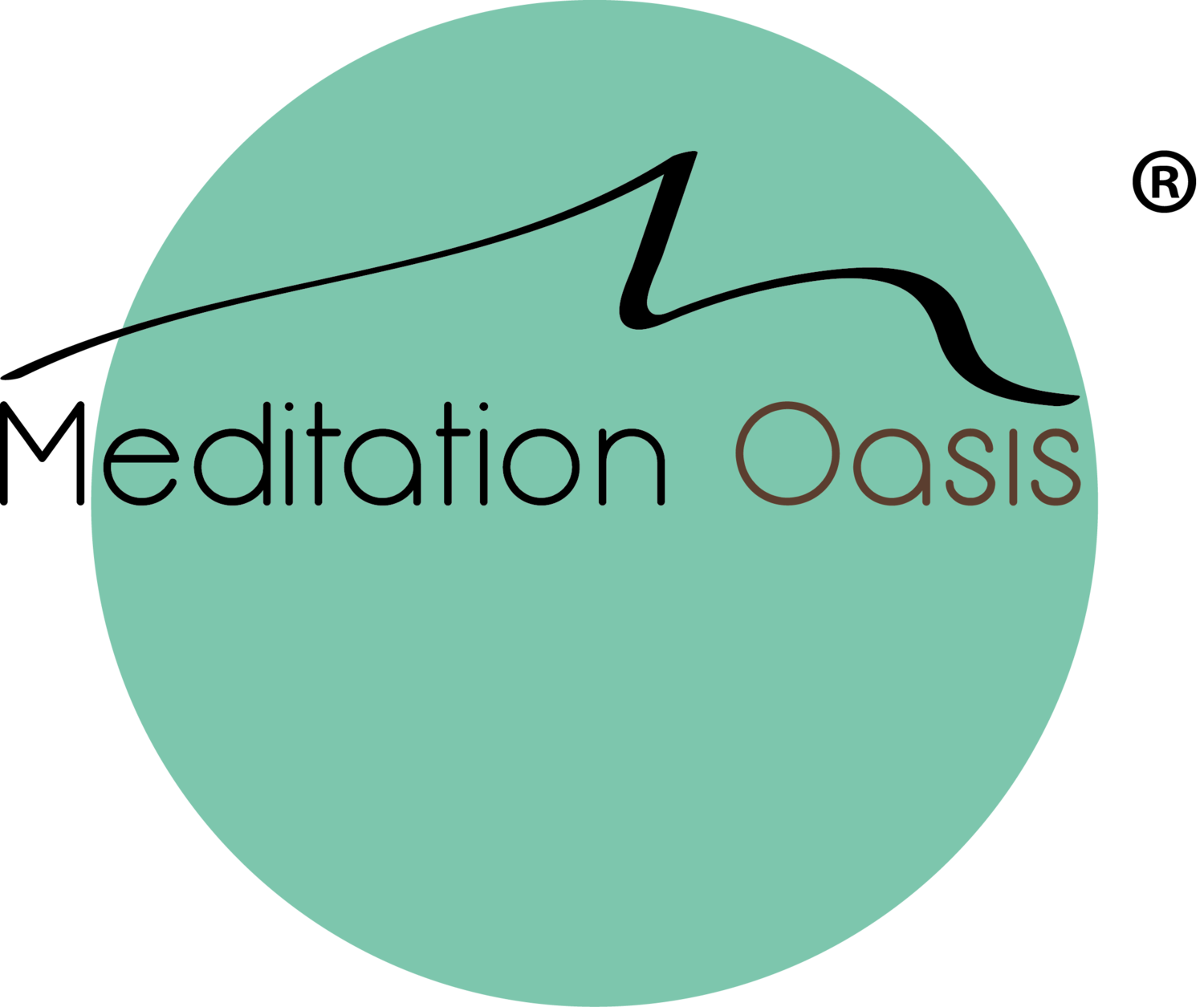X
X
XX
We just had a comment from someone who has a hard time with visualizations in meditation. So do I! Actually, I almost never enjoy a meditation that tells you to see this and see that. The more specific the instructions are for exactly what to visualize, the worse it is for me. As I'm working to construct the tree or light or animal or whatever it is I am to see, the guide is already on to the next image. I can never catch up and I'm so busy working on coming up with the visualization that I can't really relax and get whatever it is I am supposed to get by seeing the image.
Though most of my meditations don't involve visualization, I know that it can be very powerful. I do use a form of visualization in a few of the guided meditations (Intuitive Healing and Inner Child meditations are examples). I like to call what I do "intuitive visualization". It's what I do on my own sometimes for myself. It's something we all do spontaneously when we daydream. I just suggest that you let something appear, such as a helper, and allow it to appear in whatever way it comes. It can be clear or vague. It may not even come as a image -- it could be something felt or heard. It could come through any of the senses -- touch, taste, sight, hearing, smell. Or it could just be a feeling sense. A helper, for example, could just be an energetic "presence". This way of visualizing, which perhaps would be better called "intuiting", works best for me and I like it in general because it allows you to draw on your own inner, creative resources to come up with just the perfect thing for you.
I know the other kind of visualization meditation, or imagery as its often called, works well for some people. What about you? What works best for you?



